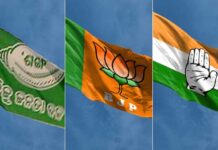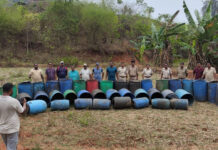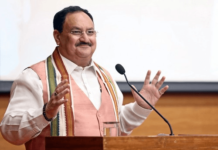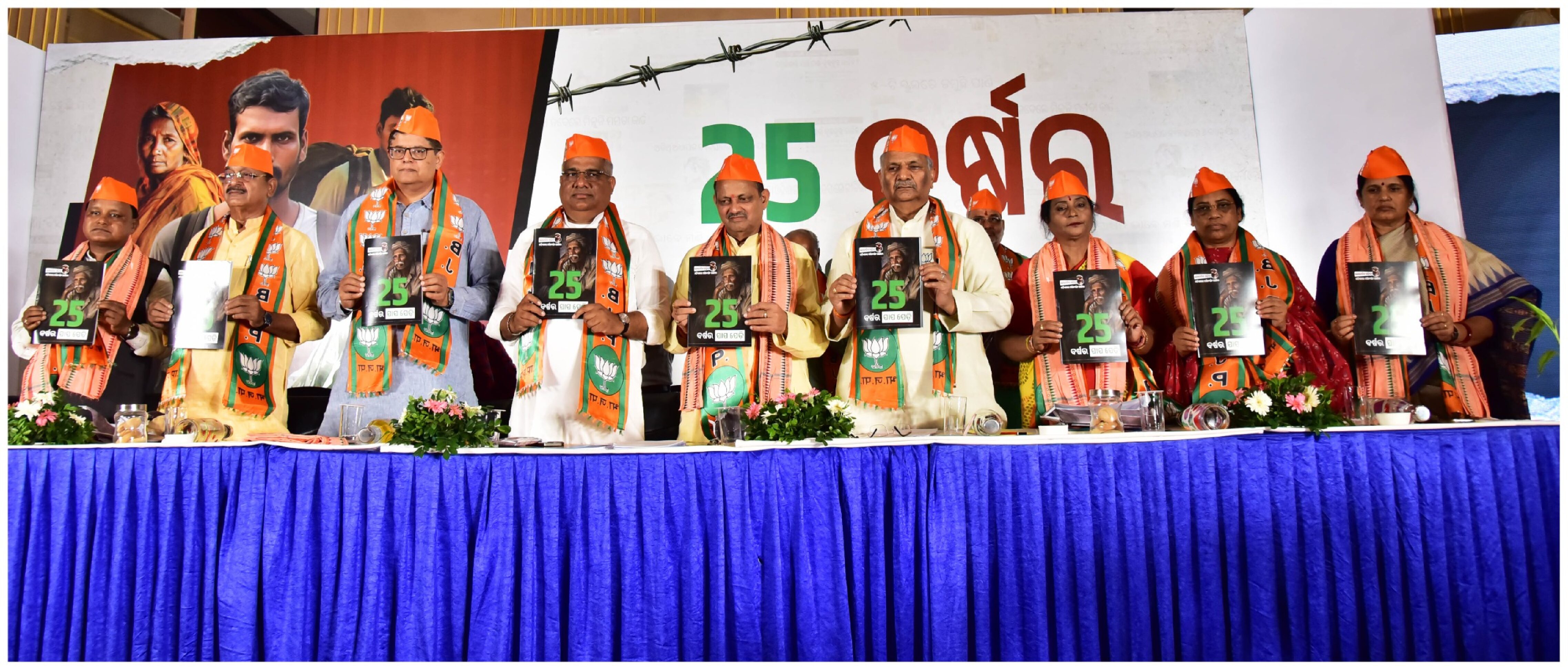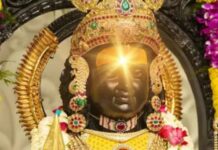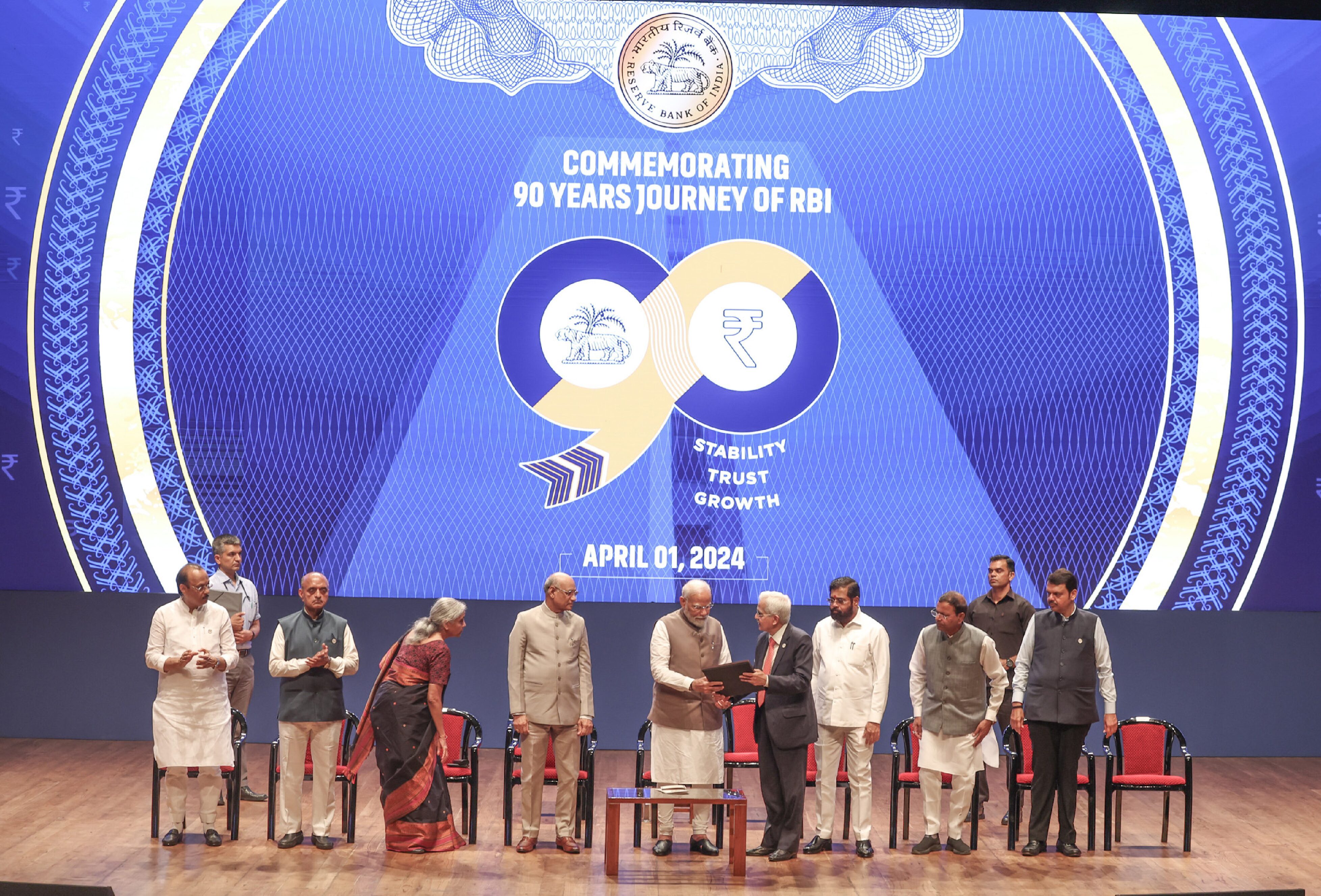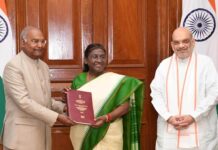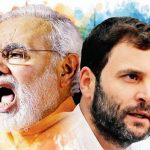Over the last 10 years, the Modi government has implemented several schemes for almost all categories of voters – namely, youth, farmers, the poor, and seniors. His government has also delivered on most of its promises and created a conducive atmosphere for reforms.
This election is going to be Modi vs the Rest. The Prime Minister himself wants it to be that way. This, he apparently thinks, is the best way ensuring an emphatic victory for his party. Exuding confidence about his party’s chances in the coming polls he recently remarked a bit arrogantly, “Find out what Modi is. You are stuck on 2029 but I am planning for 2047.”
Modi’s popularity ratings jumped from around 40% in February 2016 to 65% in January 2017, then fell to 46% just before the Balakot airstrikes in 2019, before reaching 66% again in 2020 post his emphatic win in the 2019 Lok Sabha elections and just before the onset of the COVID-19 pandemic.
During COVID-19, Modi’s ratings plummeted to 24%. But steps like 100% vaccination through indigenously developed vaccines firmed up his credentials, and his approval record jumped to over 50% again in January 2022, and was touching 55% by January 2024, which was soon after the G-20 event in Delhi. So his ratings have been going up and down (mostly up) in cycles.
Political commentators have been talking in terms of brand Modi for some time now. In the 2019 Lok Sabha elections, one out of every three voters (32%) who voted for the BJP would not have done so if Modi were not the prime ministerial face of the party. That is what happens when you become a brand.
The NDA received 27.5 crore votes in 2019, a lead of 11 crore over the UPA’s 16.5 crore votes. Out of this, 8.5 crore, which is almost 80% of the lead margin, was on account of the ‘Modi factor’. The MOTN survey in August 2023 showed that the share of voters who supported the BJP primarily because of Modi has increased from 32% to 44%.
Brand Modi is still going strong. Opposition parties are hoping that this election will see his popularity peaking, and that by 2029, Brand Modi will start fading away. But that is just a hope. Most analysts agree that Modi’s image is built on three key perceptions: trust, good intent and delivery. He has been able to touch the hearts of people through many of his landmark schemes and their implementation.
The BJP has managed to win the support of women who are optimistic about their ‘achche din’ (good days) that arrived in the form of LPG cylinders under the PM Ujjwala Yojana. Apart from that, there is the PM Awas Yojana for houses, Jan Ausadhi Kendras for affordable medicines, direct benefit transfer schemes to eliminate middlemen and leakages, and Jan Dhan.
For Modi, being popular in his 10th year as PM is no small feat. It requires continuous engagement with the people through tools like Mann Ki Baat and consistent reinvention of his image. Modi has also displayed an uncanny ability to ride out public discontent over decisions that do not win public approval the way he wants.
Demonetisation was one such example. Over the last 10 years, the Modi government has implemented several schemes for almost all categories of voters – namely, youth, farmers, the poor, and seniors. His government has also delivered on most of its promises and created a conducive atmosphere for reforms.
Brand Modi towers over even the BJP’s name and symbol today. The BJP’s theme and slogan for this election is “Once again Modi” and it has found resonance with people.








